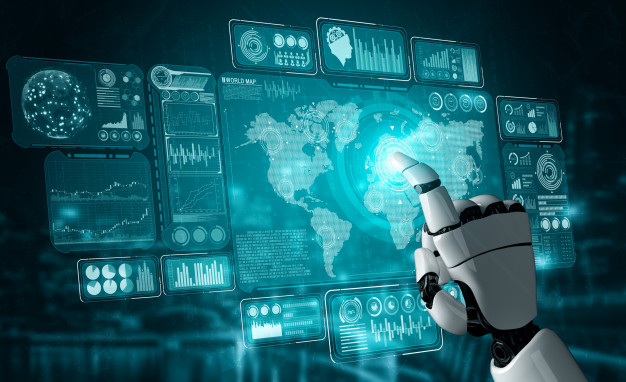Edition: May 2nd, 2021
Curated by the Knowledge Team of ICS Career GPS

Excerpts from article by Sara Brown, published in mitsloan.mit.edu
Machine learning is a subfield of artificial intelligence (AI), which is defined as the capability of a machine to imitate intelligent human behaviour.
AI systems are used to perform complex tasks in a way that is similar to how humans solve problems. Machine learning is one way to use AI. It was defined in the 1950s by AI pioneer Arthur Samuel as “the field of study that gives computers the ability to learn without explicitly being programmed.”
From manufacturing to retail and banking to bakeries, companies are using machine learning to unlock new value or boost efficiency. Company leaders need to understand its basic principles, potential and limitations.
Machine Learning starts with data
Data is gathered and prepared to be used as training data, or the information the machine learning model will be trained on. The more data, the better the program.
From there, programmers choose a machine learning model to let the computer train itself to find patterns or make predictions.
Some data is held out from the training data to be used as evaluation data, which tests how accurate the machine learning model is when it is shown new data. The result is a model that can be used in the future with different sets of data.
The function of a machine learning system can be
- Descriptive – the system uses the data to explain what happened
- Predictive – the system uses the data to predict what will happen
- Prescriptive – the system will use the data to make suggestions about what action to take
In some cases, machine learning can gain insight or automate decision-making in cases where humans would not be able to.
How businesses are using machine learning
Machine learning is the core of some companies’ business models. But researchers have found that no occupation will be untouched by machine learning. Researchers have found that the way to unleash machine learning success is to re-organise jobs into discrete tasks – some of which can be done by machine learning, while others that require humans.
Companies are already using machine learning in several ways like:
- Recommendation algorithms
- Image analysis and object detection
- Fraud detection
- Automatic helplines or chatbots
- Self-driving cars
- Medical imaging and diagnostics
Promises, challenges and limitations
While machine learning is fuelling technology that can help workers or open new possibilities for businesses, there are several things business leaders should know about ML and its limitations.
1. Explainability & Accuracy
Explainability is the ability to be clear about what the machine learning models are doing and how they make decisions. Understanding why a model does what it does is actually a very difficult question, and you always have to ask yourself that.
While most well-posed problems can be solved through machine learning, people should assume right now that the models only perform to about 95% of human accuracy. It might be okay with the programmer and the viewer if an algorithm recommending movies is 95% accurate, but that level of accuracy wouldn’t be enough for a self-driving vehicle or a program designed to find serious flaws in machinery.
2. Bias & unintended outcomes
Machines are trained by humans, and human biases can be incorporated into algorithms. If biased information or data, which reflects existing inequities, is fed to a machine learning program, the program will learn to replicate it and perpetuate forms of discrimination.
Ways to fight against bias in machine learning including carefully vetting training data and ensuring artificial intelligence efforts like making sure your organisation embraces human-centered AI – the practice of seeking input from people of different backgrounds, experiences, and lifestyles when designing AI systems.
3. Putting machine learning to work
Executives tend to struggle with understanding where machine learning can actually add value to their company. What works for one company, may not for another. Businesses should avoid trends and find business use cases that work for them.
It’s also best to avoid looking at machine learning as a solution in search of a problem. Some companies might end up trying to backport machine learning into a business use. Instead of starting with a focus on technology, businesses should start with a focus on a business problem or customer need that could be met with machine learning.
(Disclaimer: The opinions expressed in the article mentioned above are those of the author(s). They do not purport to reflect the opinions or views of ICS Career GPS or its staff.)
Like this post? For more such helpful articles, click on the button below and subscribe FREE to our blog.





One Reply to “Education News/Trends: Machine learning, explained”